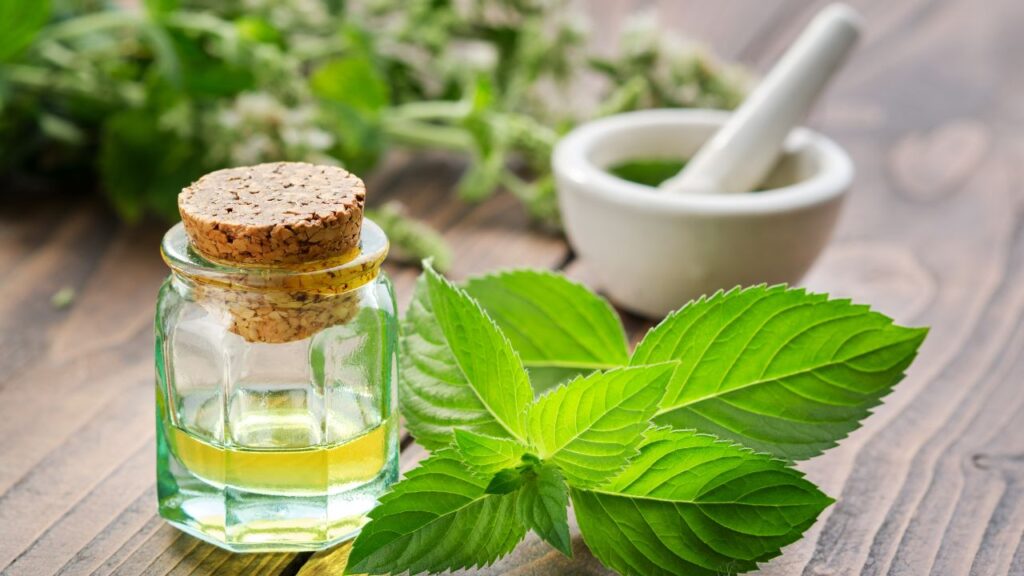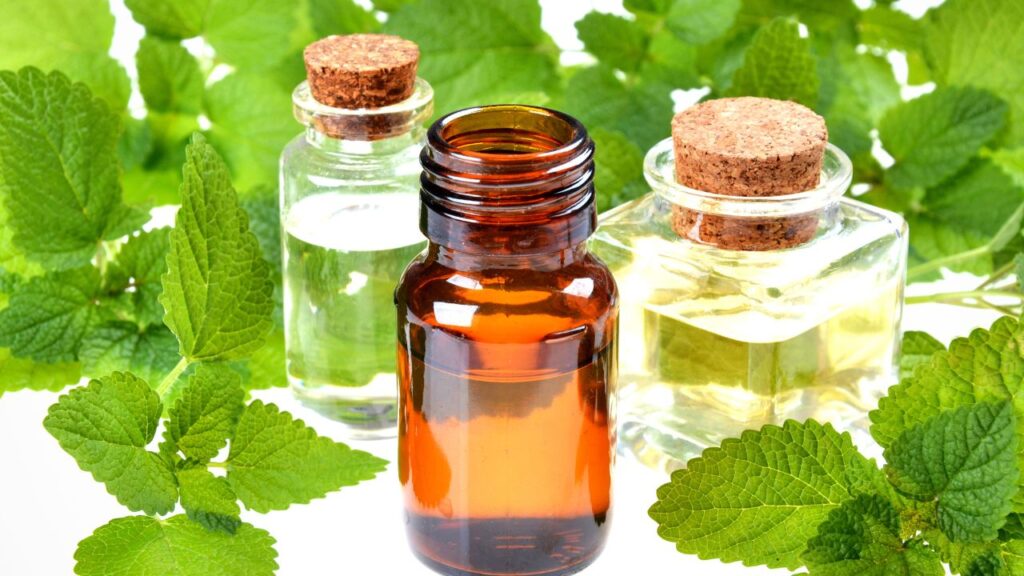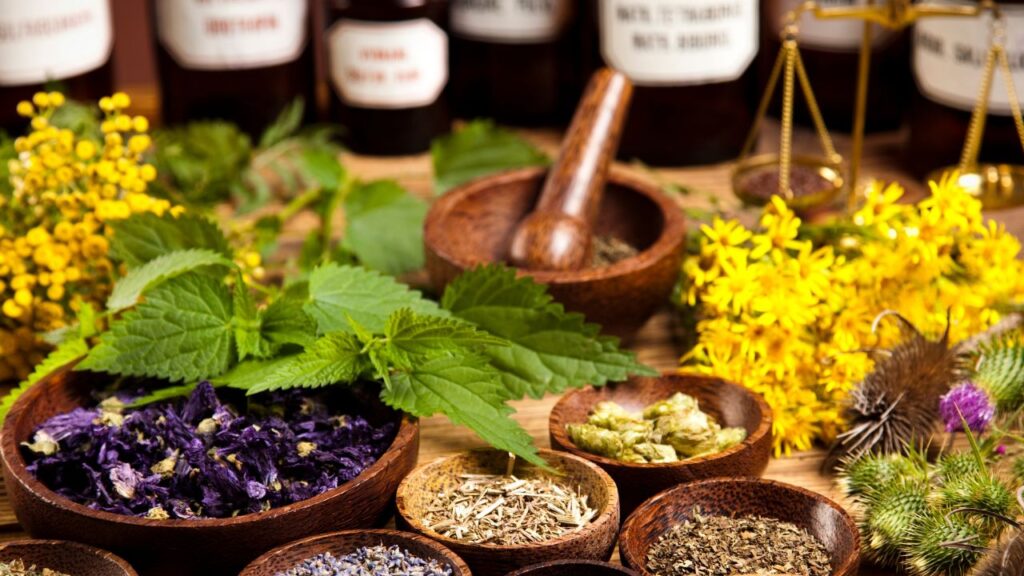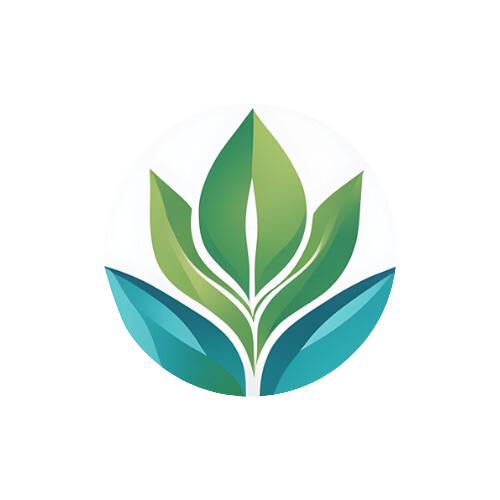Having a well-stocked first aid kit is essential for handling minor injuries and ailments. By incorporating natural remedies and medicinal herbs, you can create a holistic kit that provides effective, gentle care. This guide will walk you through the benefits of using herbal solutions, essential components of an herbal first aid kit, and how to use each remedy.
Why Create an Herbal First Aid Kit?
An herbal first aid kit offers several advantages over conventional options:
- Natural Healing: Herbs and plant-based remedies often support the body’s natural healing processes without harsh chemicals.
- Fewer Side Effects: When used correctly, herbs typically have fewer side effects than synthetic medications.
- Sustainable and Eco-Friendly: Many natural remedies are sustainable and environmentally friendly.
- Empowerment: Creating and using your own herbal remedies fosters a deeper connection with nature and your health.
By carefully selecting herbal remedies, you can address common issues such as cuts, bruises, inflammation, digestive upsets, and colds.

Essential Components of an Herbal First Aid Kit
Here are key categories and suggestions for building your kit:
1. Wound Care and Antiseptics
- Calendula (Calendula officinalis): Known for its powerful antimicrobial and anti-inflammatory properties, calendula can help speed up wound healing. Use calendula-infused oil or salve.
- Lavender Essential Oil (Lavandula angustifolia): A versatile antiseptic that soothes burns, cuts, and insect bites.
- Yarrow (Achillea millefolium): Promotes clotting and stops bleeding. Crush fresh yarrow leaves or use as a tincture.
2. Pain Relief and Anti-Inflammation
- Arnica (Arnica montana): Ideal for bruises, sprains, and muscle pain. Use as a cream or gel; avoid applying to broken skin.
- Willow Bark (Salix spp.): Contains salicin, a natural compound similar to aspirin. Use as a tincture for headaches or joint pain.
3. Respiratory Support
- Eucalyptus Essential Oil (Eucalyptus globulus): Clears congestion when inhaled or used in steam.
- Thyme (Thymus vulgaris): A powerful antimicrobial herb. Make a tea or syrup to soothe coughs.
4. Digestive Relief
- Ginger (Zingiber officinale): Eases nausea, motion sickness, and indigestion. Use fresh ginger tea or capsules.
- Peppermint (Mentha piperita): Soothes bloating and gas. Drink as a tea or use peppermint essential oil diluted in a carrier oil.
5. Skin Irritations and Burns
- Aloe Vera (Aloe barbadensis): Soothes burns, cuts, and rashes. Keep fresh aloe leaves or store-bought gel in your kit.
- Plantain (Plantago major): Effective for insect bites and rashes. Apply crushed fresh leaves directly to the skin.
6. Stress and Anxiety Relief
- Chamomile (Matricaria chamomilla): Calms the nervous system. Drink as a tea to reduce stress and promote sleep.
- Ashwagandha (Withania somnifera): Helps the body adapt to stress. Take as a tincture or capsule.
7. Immune Support
- Elderberry (Sambucus nigra): Boosts the immune system and fights colds. Use as syrup or lozenges.
- Echinacea (Echinacea purpurea): Shortens the duration of colds and flu. Take as a tincture or capsule.
8. Tools and Supplies
Include the following non-herbal essentials:
- Bandages (various sizes)
- Sterile gauze and tape
- Tweezers
- Scissors
- Small spray bottles
- Glass jars for storing salves and tinctures
- Labels and markers

How to Prepare Herbal Remedies
1. Herbal Infusions (Teas)
- Use 1-2 teaspoons of dried herbs per cup of boiling water.
- Steep for 5-15 minutes depending on the herb.
- Strain and drink or use topically as a wash.
2. Herbal Salves
- Melt ¼ cup beeswax with ½ cup herbal-infused oil (such as calendula oil).
- Pour into jars and let cool.
- Label and store in a cool, dark place.
3. Tinctures
- Fill a jar with chopped fresh herbs or ⅓ dried herbs.
- Cover with vodka or brandy.
- Seal and store in a dark place for 4-6 weeks, shaking occasionally.
- Strain and store in a dropper bottle.
4. Herbal Syrups
- Simmer 1 cup of herbs in 2 cups of water until reduced by half.
- Strain and add 1 cup of honey.
- Store in a glass jar in the refrigerator.

Using Your Herbal First Aid Kit
- For Cuts and Scrapes: Clean the wound with calendula tea or spray diluted lavender essential oil. Apply a yarrow poultice to stop bleeding.
- For Muscle Pain: Rub arnica cream on sore muscles or bruises.
- For Colds: Drink thyme tea with honey and inhale eucalyptus steam.
- For Nausea: Sip ginger tea or chew candied ginger.
- For Burns: Apply fresh aloe vera gel directly to the affected area.
- For Stress Relief: Brew a cup of chamomile tea or take ashwagandha tincture.
Safety Tips for Herbal Remedies
- Do Your Research: Understand the proper dosage and potential side effects of each herb.
- Consult a Professional: Seek advice from a qualified herbalist or healthcare provider, especially if you are pregnant, nursing, or taking medications.
- Patch Test: Test a small amount of any topical remedy to check for allergic reactions.
- Label Clearly: Always label your homemade remedies with the name and date.
Maintaining Your Herbal First Aid Kit
- Check your kit regularly to ensure remedies are fresh and properly labeled.
- Replace expired or degraded items.
- Restock essential herbs and supplies as needed.
Creating your own herbal first aid kit empowers you to care for yourself and your loved ones naturally. With thoughtful preparation and a bit of practice, you can harness the healing power of plants to address everyday health concerns safely and effectively.



